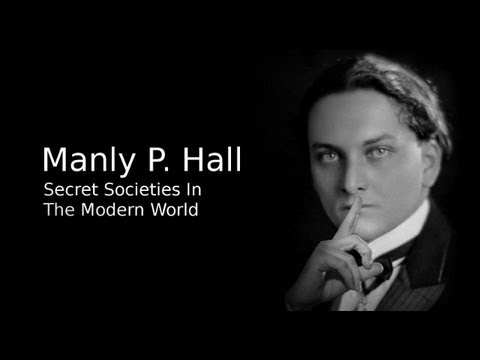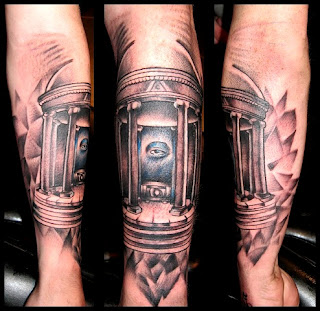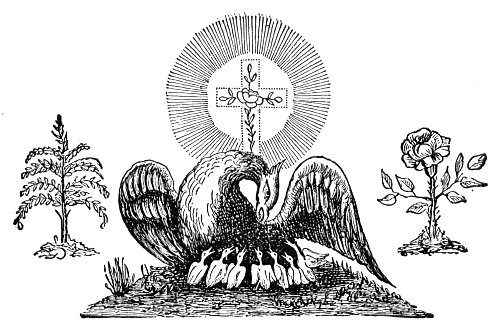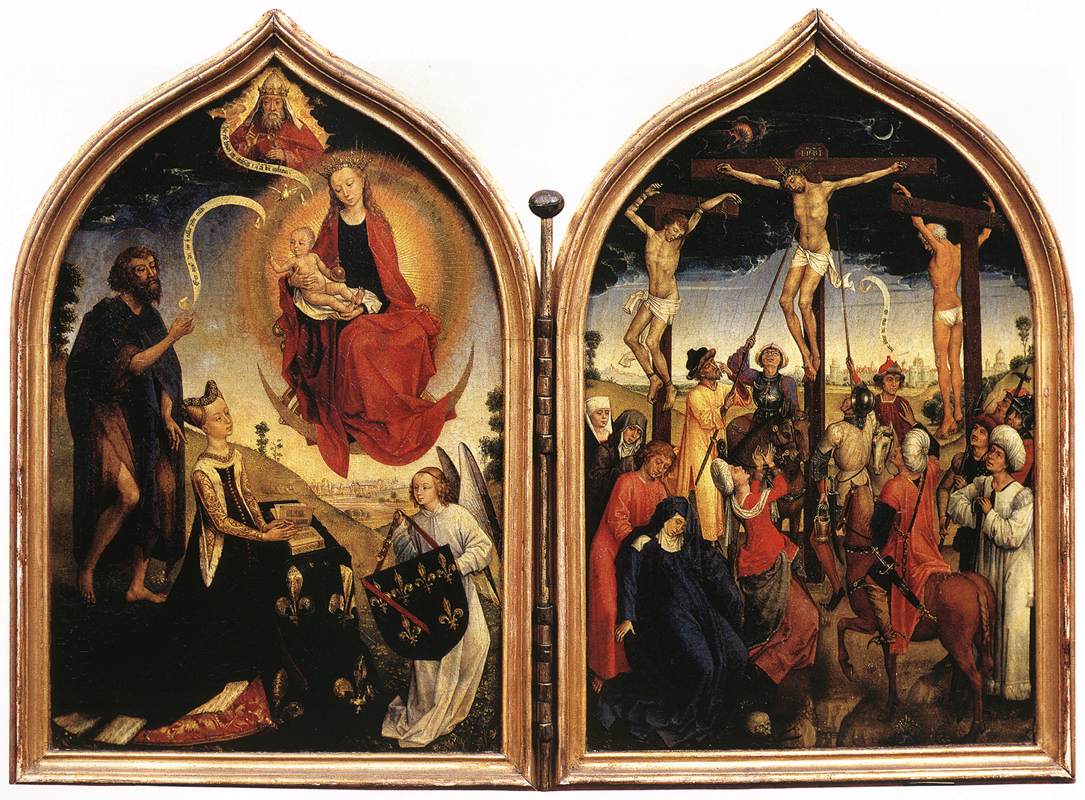p. 137
WHO were the Rosicrucians? Were they an organization of profound thinkers rebelling against the inquisitional religious and philosophical limitations of their time or were they isolated transcendentalists united only by the similarity of their viewpoints and deductions? Where was the “House of the Holy Spirit, ” in which, according to their manifestoes, they met once a year to plan the future activities of their Order? Who was the mysterious person referred to as “Our Illustrious Father and Brother C.R.C.”? Did those three letters actually stand for the words “Christian Rosie Cross”? Was Christian Rosencreutz, the supposed author of the Chymical Nuptials, the same person who with three others founded “The Society of the Rose Cross”?
What relationship existed between Rosicrucianism and mediæval Freemasonry? Why were the destinies of these two organizations so closely interwoven? Is the “Brotherhood of the Rose Cross” the much-sought-after link connecting the Freemasonry of the Middle Ages with the symbolism and mysticism of antiquity, and are its secrets being perpetuated by modern Masonry? Did the original Rosicrucian Order disintegrate in the latter part of the eighteenth century, or does the Society still exist as an organization, maintaining the same secrecy for which it was originally famous? What was the true purpose for which the “Brotherhood of the Rose Cross” was formed? Were the Rosicrucians a religious and philosophic brotherhood, as they claimed to be, or were their avowed tenets a blind to conceal the true object of the Fraternity, which possibly was the political control of Europe? These are some of the problems involved in the study of Rosicrucianism.
There are four distinct theories regarding the Rosicrucian enigma. Each is the result of a careful consideration of the evidence by scholars who have spent their lives ransacking the archives of Hermetic lore. The conclusions reached demonstrate clearly the inadequacy of the records available concerning the genesis and early activities of the “Brethren of the Rose Cross.”
THE FIRST POSTULATE
It is assumed that the Rosicrucian Order existed historically in accordance with the description of its foundation and subsequent activities published in its manifesto, the Fama Fraternitatis, which is believed to have been written in the year 1610, but apparently did not appear in print until 1614, although an earlier edition is suspected by some authorities. Intelligent consideration of the origin of Rosicrucianism requires a familiarity with the contents of the first and most important of its documents. The Fama Fraternitatis begins with a reminder to all the world of God’s goodness and mercy, and it warns the intelligentsia that their egotism and covetousness cause them to follow after false prophets and to ignore the true knowledge which God in His goodness has revealed to them. Hence, a reformation is necessary, and God has raised up philosophers and sages for this purpose.
In order to assist in bringing about the reformation, a mysterious person called “The Highly Illuminated Father C.R.C.,” a German by birth, descended of a noble family, but himself a poor man, instituted the “Secret Society of the Rose Cross.” C.R.C. was placed in a cloister when only five years of age, but later becoming dissatisfied with its educational system, he associated himself with a brother of Holy Orders who was setting forth on a pilgrimage to the Holy Land. They started out together, but the brother died at Cyprus and C.R.C! continued alone to Damascus. Poor health prevented him from reaching Jerusalem, so he remained at Damascus, studying with the philosophers who dwelt there.
While pursuing his studies, he heard of a group of mystics and Qabbalists abiding in the mystic Arabian city of Damcar. Giving up his desire to visit Jerusalem, he arranged with the Arabians for his transportation to Damcar. C.R.C. was but sixteen years of age when he arrived at Damcar. He was received as one who had been long expected, a comrade and a friend in philosophy, and was instructed in the secrets of the Arabian adepts. While there, C.R.C. learned the Arabic tongue and translated the sacred book M into Latin; and upon returning to Europe he brought this important volume with him.
After studying three years in Damcar, C.R.C. departed for the city of Fez, where the Arabian magicians declared further information would be given him. At Fez he was instructed how to communicate with the Elementary inhabitants [probably the Nature spirits], and these disclosed to him many other great secrets of Nature. While the philosophers in Fez were not so great as those in Damcar, the previous experiences of C.R.C. enabled him to distinguish the true from the false and thus add greatly to his store of knowledge.

Moe is the founder of GnosticWarrior.com. He is a father, husband, author, martial arts black belt, and an expert in Gnosticism, the occult, and esotericism.






